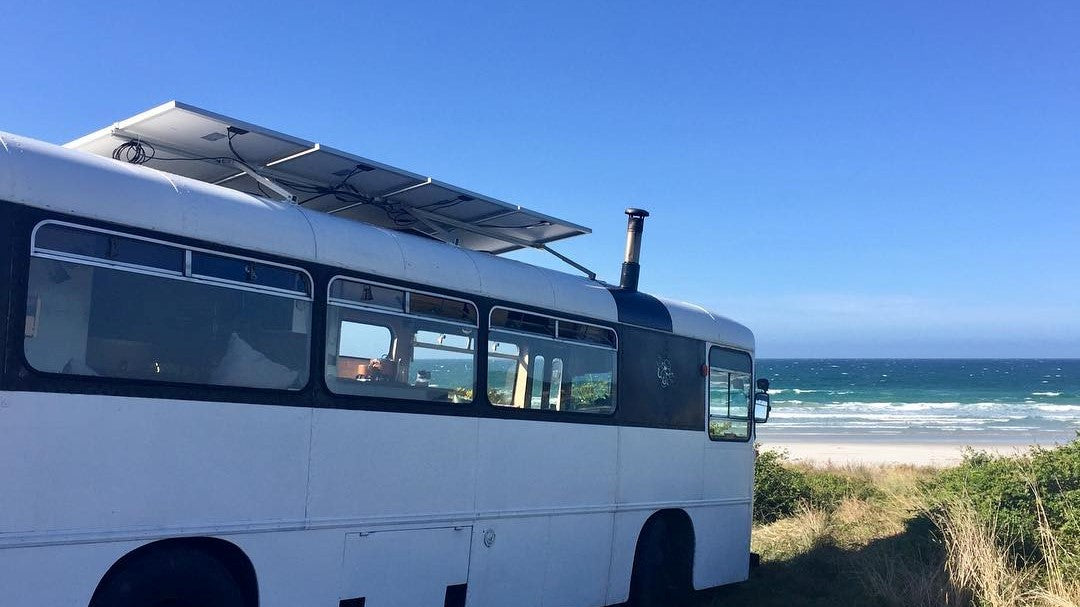We’ve compiled this list of common problems our customers may encounter with their solar gear to help you solve any issues as fast as possible. If you don’t find the answers you need here, or your issue continues after implementing the given solution, go to the bottom of this page for our contact details.
- My solar panels are not putting out as much power as normal
Once you’ve determined the drop in power is not due to weather changes, check your panels for any shade or shadows. Check both morning and afternoon in case the shadows are inconsistent. Make sure they’re cleaned off, as things such as thick dust or bird droppings can affect your output. Read our cleaning guide here. Finally, double check all your connections are clean and secure.
If none of these issues are causing your power drop, you’ll need to send us some clear pictures of your charge controller or hybrid inverter readings. We need to see the battery voltage, solar panel voltage, and solar panel amps. Please send readings from both the middle of the day with peak sun, and the end of the day or early morning.
- My inverter keeps shutting off
Check your battery voltage, as inverters have an auto shut-off feature to protect them from damage when the voltage drops too low. The manual that came with your inverter will have this information, as well as a full troubleshooting guide. You can find more information about this issue here.
- My charge controller is in night mode
Check all the breakers and the wiring going into the breakers for any loose connections. You want to make sure the wires are tight, the conductor is fully in contact with the breaker, and the insulation is not preventing a solid connection. Then, check your solar panel wiring, ensuring all connections are secure and the wires aren’t damaged. Once you ensure all connections are secure, reboot your charge controller by switching the breakers off and then back on, as sometimes the charge controller will auto-detect the wrong voltage setting during the first boot-up.
- My batteries aren’t charging.
It’s likely your batteries have been drawn very low, and are not able to charge fully if you continue to draw power. Check all the wiring is secure and undamaged, then turn off the breaker between the batteries and the inverter, leaving the others on, and let the batteries charge back up to full. If you don’t believe you have knowingly used enough power to drain the batteries, check all your appliances to see if something is using more power than it should.
- My inverter beeped, and an orange light was blinking
You may hear your inverter beep, and see an orange light blinking if you check quickly.
This occurs when the battery voltage is too high. This can happen very occasionally when the charge controller is charging the batteries completely. It can happen when you have a very sunny day, and use a high draw appliance like a toaster - when the toaster stops the solar then works very quickly to top off the batteries, and can peak the voltage briefly. As it's a smart inverter, it is working to protect itself and your batteries, so it can sometimes be a little bit on the over protective side.
- My inverter fan turns on all the time
You may notice the fan turning on even when you’re not using a high load appliance. As it's a smart inverter, it is working to protect itself, so it can sometimes be a little bit on the over protective side, especially on warm days. Make sure there is sufficient airflow around your inverter and you should be fine.
- How do I tell how charged my batteries are?
If you have Gel batteries, the percentage indicator on the charge controller is not the most accurate (You can go by the percentage if you have Lithium batteries). The standby voltage for the batteries at 100% charged will be around 12.8V per battery. You can also use this chart to determine your approximate charge percentage. This is the percentage of the usable 50% of the battery charge, as you do not want to drop below 50% depth of discharge, or 11.5V per battery.
Take this reading a few minutes after switching off the breaker between the charge controller and solar panels for highest accuracy, as the charging voltage will be different.

- The manual for my inverter says the system must be earthed, but the kit instructions don’t mention this, nor do I have the materials.
As the kit is all ELV (extra low voltage under 120V DC) it doesn’t require earthing. If you would like to earth the system (if you are in a high lightning area for example), you will need to employ an electrician, as an improperly earthed system may be dangerous. Because this work must be done by an electrician who will supply the materials, we do not supply the materials for earthing.
-Still have a problem?
Get in touch by emailing info@gridfree.store or messaging GridFree on Facebook. Please send as much info as you can, such as pictures of readings, pictures/videos of the problem, and a detailed description of your problem.



